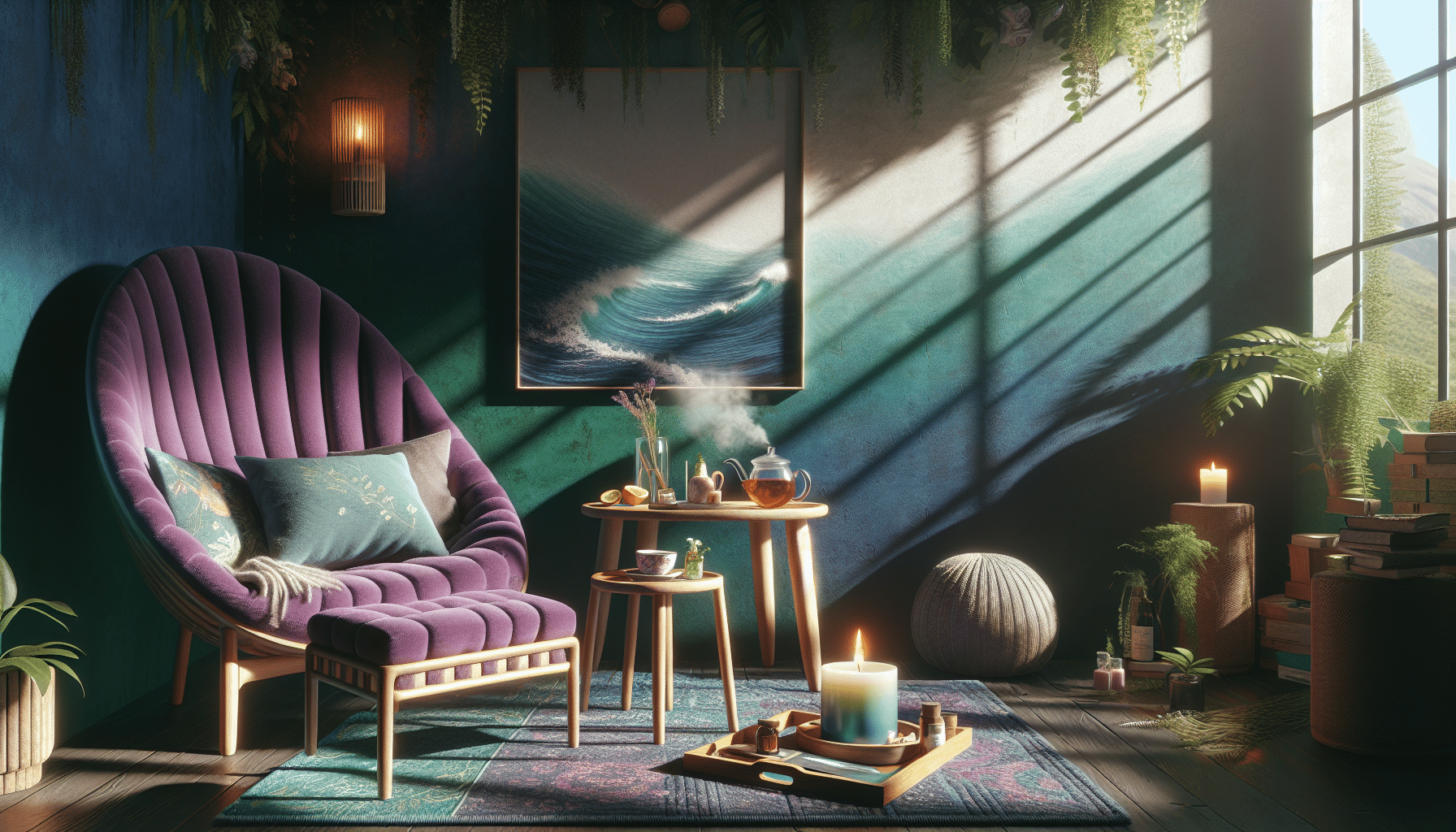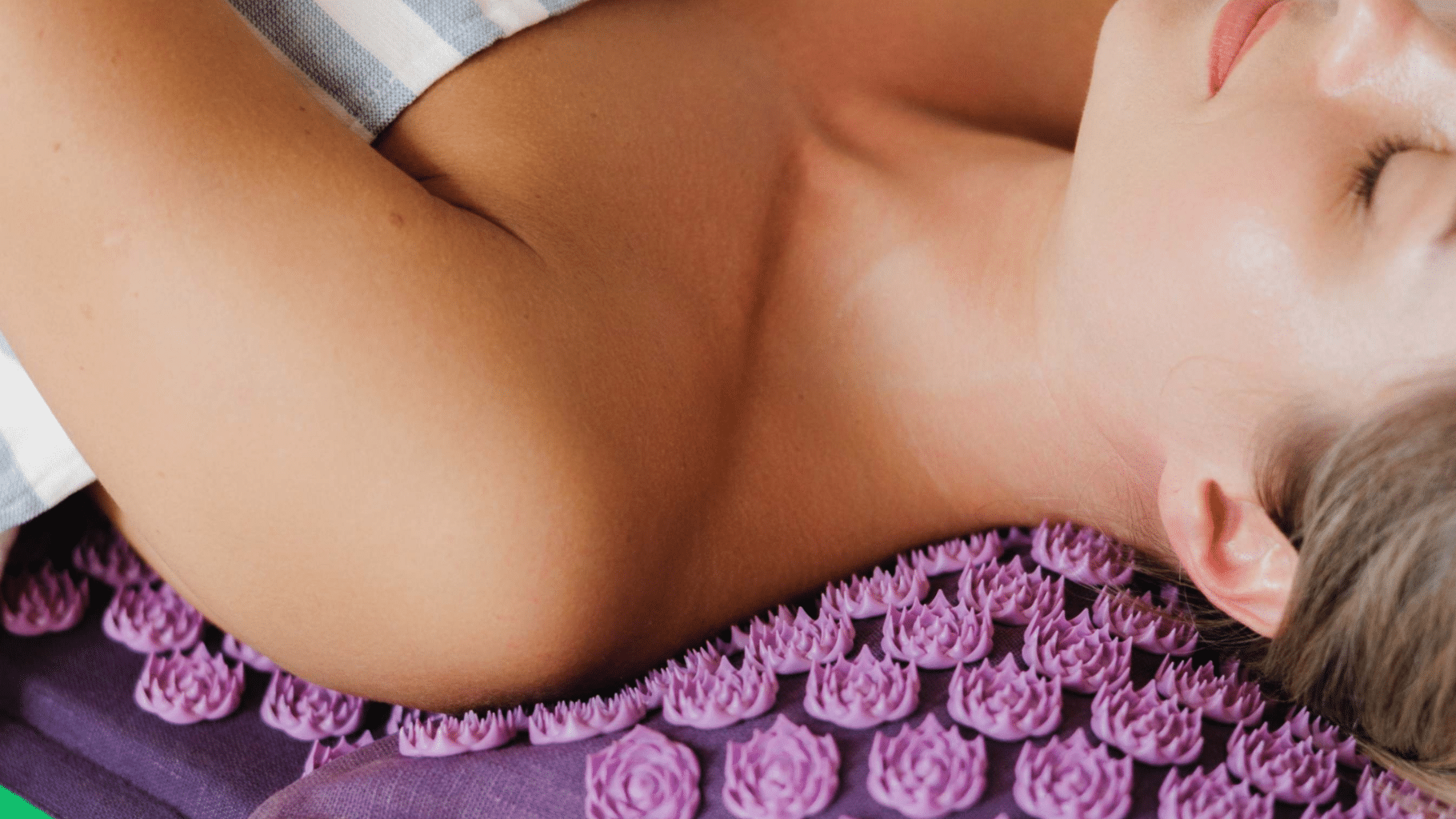Stress is a common part of life, but natural methods can help us fight it. Certain colors and scents relax our minds and bodies, reducing stress. Discover how the calming power of specific hues and fragrances can enhance your mood and mental health. Stay tuned for effective tips.
What Colors and Scents Reduce Stress and Improve Relaxation?
Colors such as blue and green, alongside relaxing scents like lavender, chamomile, and sandalwood, effectively reduce stress and enhance relaxation. Incorporating these hues and aromas into your environment can significantly improve mental health and promote a sense of calm and tranquility.
This blog is part of a series on “coping strategies.” The next blog is about stress counseling.
Enhance Your Space for Ultimate Relaxation
- Blue hues mimic the sky and ocean, offering profound calmness.
- Green brings the outdoors in, refreshing and revitalizing your mind.
- Purple, especially lavender shades, inspires creativity and reduces stress.
- Integrating Neutral Tones creates a solid foundation for relaxation.
- The scent of Lavender is known for its ability to promote relaxation and improve sleep quality.
- Chamomile aroma soothes nerves and decreases anxiety levels.
- Sandalwood offers grounding, earthy tones for peace and comfort.
- Bergamot Orange cuts through mental clutter, uplifting your mood instantly.
- Combining these colors and scents in your living space can turn it into a stress-relieving sanctuary.
The Power of Color
The influence of color on our psyche is not just a bunch of hocus-pocus. Imagine painting your life in shades that don’t just speak but sing to you, offering stress relief on a silver platter. Blue, for example, isn’t just a color; it’s a slice of the sky and the ocean, offering a sense of calm and spaciousness. It lowers the heart rate and reduces feelings of anxiety.
| Color | Description | Scent | Benefits |
|---|---|---|---|
| Blue | Calming, reminiscent of sky and sea | Lavender | Promotes relaxation and sleep |
| Green | Refreshing, brings nature’s tranquility | Chamomile | Reduces anxiety, soothing |
| Purple | Soothing, stimulates creativity | Sandalwood | Grounding, comforting |
| Neutral Tones | Foundation for peace, simplicity | Bergamot Orange | Brightens mood, clears mental clutter |
Green takes you on an armchair vacation to nature, reminding you of the tranquility of grassy fields and forests. It’s like pressing the refresh button on your stress levels. Then there’s purple, the color of lavender fields in full bloom, known for its soothing and creative vibes.
Don’t underestimate the power of neutral tones either; they’re the Clark Kent of your color palette—mild-mannered at first glance but super powerful, providing a foundation for peace and relaxation.
Embracing Color Vibration Therapy
Color Vibration Therapy transcends traditional views on color, recognizing it as a visual element and a powerful vehicle for energy and healing. This approach appreciates each color’s unique frequency, harmonizing our internal energies by influencing mood and physical well-being.
Incorporating Color Vibration Therapy into one’s environment involves selecting colors that resonate with desired emotional states and energy balance. From the calming blues symbolizing tranquility to the rejuvenating greens of nature, each color emits energy that can enhance peace, creativity, or focus. It’s about creating an appealing space that vibrates with energy that nurtures the soul.
Color Vibration Therapy encourages us to see our surroundings as a canvas where each color enhances our inner harmony. By combining this with soothing scents, we craft a holistic sanctuary that appeals to the senses and genuinely enriches our emotional and energetic well-being, providing a haven of tranquility in our daily lives.
The Soothing Effects of Scent
Walking into a room and being greeted by a relaxing scent is akin to a warm embrace; it’s immediate stress relief. Aromatherapy is a real game-changer here. Lavender is the poster child for this, famed for its ability to usher in relaxation and sleep. It’s the botanical equivalent of being told, “Everything will be alright.”
Chamomile’s subtly sweet fragrance joins the relaxation party, promoting calm and reducing anxiety. The aroma of sandalwood can turn your space into a sanctuary, its earthy tones grounding and comforting. And let’s not forget about citrus scents, like bergamot orange, that cut through the mental clutter and brighten your mood.

Integrating these scents through candles, essential oils, or even personal fragrances can uplift the ambiance of your home, making it a retreat from the chaos of the outside world.
Incorporating Colors and Scents into Your Life
Adorning your living space in colors that soothe the soul and scents that calm the mind isn’t rocket science; it’s an art. Begin with a splash of paint on the walls, maybe a tranquil blue or a rejuvenating green. Throw in accents like pillows or curtains in hues that whisper calm into your ear, like purple or pink. It’s about creating a cocoon, a personal retreat from the outside world where stress is left at the door.
Scent plays a pivotal role, too. Imagine your home greeting you with the relaxing aroma of lavender or the uplifting scent of citrus after a long day. Diffuse essential oils, light scented candles, or embrace the natural fragrance of fresh flowers to weave a tapestry of tranquility. It’s about setting the stage for relaxation, turning your home into a bastion of calm where stress and anxiety are but distant memories.
Personal Thoughts
Through my own experiences, I’ve learned the importance of small changes that can significantly affect our stress levels. Integrating specific colors and scents into my environment has been a practical and soothing strategy.
These methods aren’t just about aesthetics; they’re a fundamental part of my strategy for managing stress. They offer a tangible way to enhance daily relaxation and improve overall mental health.
Frequently Asked Questions
Which essential oils are best for reducing stress?
Essential oils like lavender, chamomile, bergamot, ylang-ylang, and jasmine are highly effective in reducing stress. Their natural properties promote relaxation, ease mental tension, and improve sleep quality, making them ideal for stress relief and mental well-being.
Can certain colors in my environment help alleviate stress?
Yes, incorporating colors such as soft blues, greens, and earth tones in your environment can be calming. These colors lower heart rate and blood pressure, reducing stress and promoting peace and tranquility.
How do aromatherapy scents benefit mental health?
Aromatherapy scents can significantly benefit mental health by triggering positive emotional responses in the brain. These responses help relax the mind, improve mood, and decrease stress. Scents like lavender and chamomile are well-known for promoting emotional well-being.
What is the most calming scent for promoting relaxation and sleep?
Lavender is the most calming scent for promoting relaxation and sleep. Its soothing aroma has been found to lower heart rate and blood pressure, leading to better quality sleep and reduced stress levels.
Are there any specific scents recommended for stress relief during aromatherapy?
Lavender, peppermint, eucalyptus, and sandalwood scents are highly recommended for aromatherapy focused on stress relief. These scents offer soothing properties that ease the mind, decrease stress, and enhance relaxation and mental clarity.




